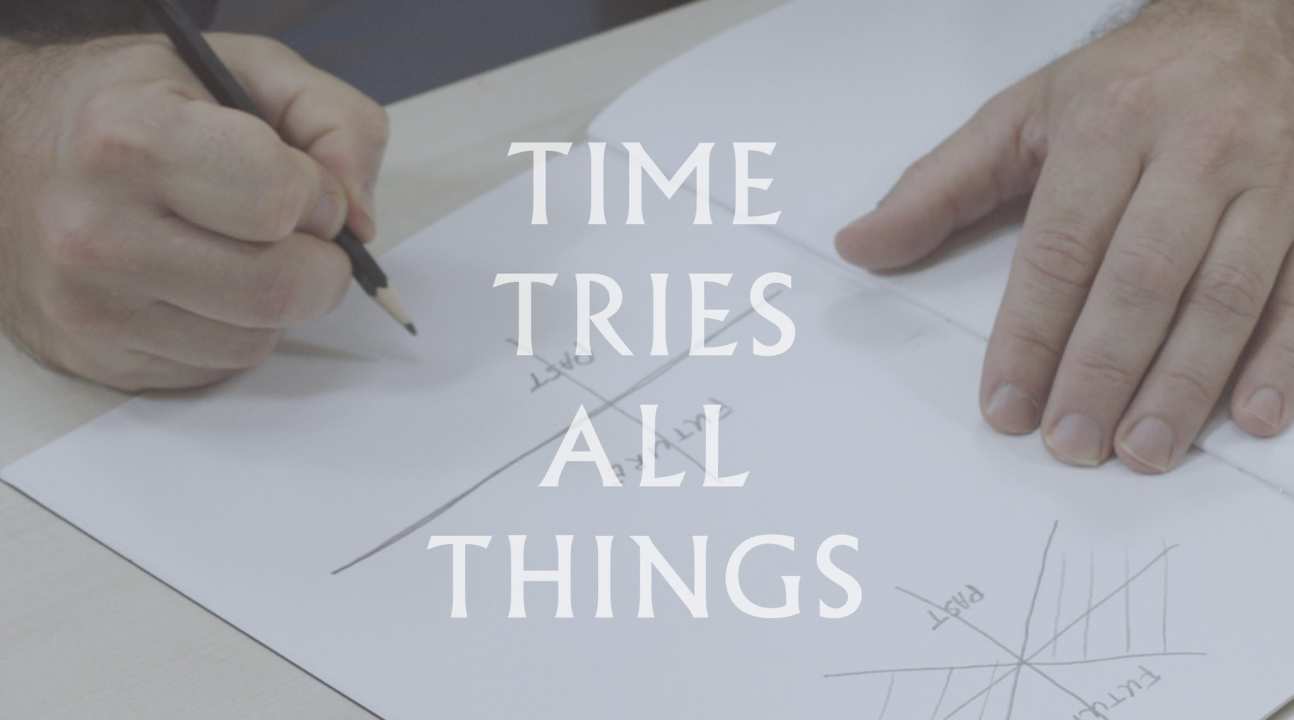

Here’s a batch of fresh news and announcements from across Imperial.
From a new longform feature about Imperial vaccine research, to a new exhibition exploring our relationship with time, here is some quick-read news from across the College.
Exploring vaccines

Vaccines research resembles a pipeline, with research on infectious diseases and the immune system at one end, and clinical trials and manufacturing at the other.
The Imperial Network for Vaccine Research – launched last year – promotes interaction between academics working at every stage. Their work includes developing new vaccines, making manufacturing more efficient, and making vaccines easier to distribute by eliminating the need to store them at low temperatures.
Professors Wendy Barclay, Jason Hallett and Robin Shattock shared their research with the World Economic Forum in Davos this week. You can learn about what they and other members of the Network are working on in our new long-form feature, Making connections in vaccine research.
HE centre launch

In his inaugural lecture on 16 January Martyn Kingsbury, the College’s first Professor of Higher Education, highlighted lessons from his research, and his personal journey from biomedical researcher into educationalist.
Professor Kingsbury will lead the College’s new Centre for Higher Education Research & Scholarship (CHERS), which will encourage education innovation and research, supporting College staff members to develop and grow their expertise.
Although Imperial is a research intensive STEMMB university, it is also committed to the highest quality teaching of those disciplines. Now, the College, armed with CHERS and its new Learning and Teaching Strategy, aims to offer all students a more inclusive, interactive experience that makes better use of digital learning.
Science leaders discuss Brexit

Leaders from more than 30 international universities, businesses and innovation agencies met at White City this week to discuss future collaboration, innovation and the potential implications of Brexit.
The network, Science|Business, is a Brussels-based organisation which brings together industry, research and policy. The group explored ways to sustain excellent science and technology partnerships, and priority areas for future partnership and investment.
Vice President (International) Professor Maggie Dallman, who hosted the event at the Molecular Sciences Research Hub, said: “Imperial is the UK’s most international university and despite current political obstacles – we are determined to deepen our collaboration with partners in Europe and around the world.”
Exploring law and STEM

Lord Igor Judge, former Lord Chief Justice of England and Wales, recently gave a Horizons guest lecture in which he explored how the UK’s “unwritten" constitution has adapted over the centuries.
With the future promising us far-reaching scientific, medical and technological change, Lord Judge asked: can our constitution successfully address the challenges that will arise? And if so, why would it matter?
Lord Judge painted a clear picture of the present threats to democracy with examples related to some of the most difficult moral dilemmas raised by scientific and technological progress. He also highlighted the importance of the rule of law to Imperial students and called on them to be vigilant and engaged in political life.
The art of time
 Fay Dowker, Professor of Theoretical Physics at Imperial, is collaborating with artist and filmmaker Grace Weir on a new video installation exploring the theme of time.
Fay Dowker, Professor of Theoretical Physics at Imperial, is collaborating with artist and filmmaker Grace Weir on a new video installation exploring the theme of time.
The artwork uses science, art, physics and cinema to explore time and the human relationship with it. The two-screen audiovisual work was developed from Weir’s collaboration with Professor Dowker and Professor David Berman from Queen Mary University of London.
It has been specially commissioned to inaugurate the Institute of Physics’ new building and gallery space in King’s Cross and is now open to the public. For more information, visit the Institute of Physics website.
Image credit: Institute of Physics
–
Want to be kept up to date on news at Imperial?
Sign up for our free quick-read daily e-newsletter, Imperial Today.

Article text (excluding photos or graphics) © Imperial College London.
Photos and graphics subject to third party copyright used with permission or © Imperial College London.
Reporters
Andrew Youngson
Communications Division
Stephen Johns
Communications Division

Contact details
Tel: +44 (0)20 7594 9531
Email: s.johns@imperial.ac.uk
Show all stories by this author
Murray MacKay
Communications Division
Joanna Wilson
Communications Division

Contact details
Tel: +44 (0)20 7594 3970
Email: joanna.wilson@imperial.ac.uk
Show all stories by this author
David Silverman
Enterprise

Contact details
Tel: +44 (0)20 7594 8104
Email: d.silverman@imperial.ac.uk
Show all stories by this author




Leave a comment
Your comment may be published, displaying your name as you provide it, unless you request otherwise. Your contact details will never be published.